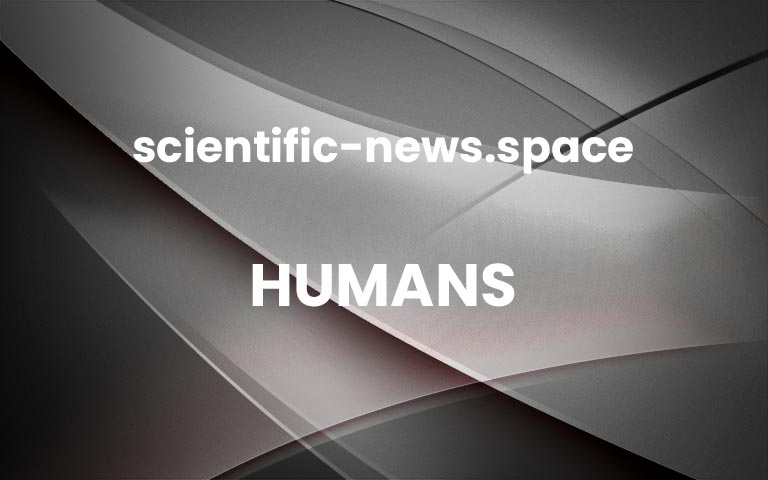There is a historical obligation for higher-income countries to transfer some of their vast and ill-gotten wealth to lower-income ones to compensate them for the damage they have done to the environment, writes Graham Lawton
Humans
| Columnist
20 April 2022
By Graham Lawton
B5HKJ9 The United Glass Limited Glass Works in Alloa, Clackmannanshire, Scotland, UK. Reflected in the River ForthDavid Robertson/Alamy
THE country I live in is one of the richest on the planet, but also one of the poorest. By GDP, the UK is a superpower with the fifth largest economy in the world. But in terms of intact biodiversity, it is in the bottom 10 per cent globally and the worst in the G7.
These two facts aren’t unrelated. The UK got rich – and has stayed rich – in no small part by overexploiting its natural resources. The agricultural and industrial revolutions turned great swathes of what was once green and pleasant into a polluted and overgrazed wasteland. Even today, more than two-thirds of the UK’s land area is farmed and 8 per cent is built on, leaving little room for wildlife. The nation’s Biodiversity Intactness Index (BII) – a measure of how much wild nature remains – is 53 per cent. The global average is 75 per cent. The ideal is 90 per cent plus.Advertisement
That pathway to riches is one that many less-wealthy countries aspire to. But it is also a pathway to mutually assured destruction. A global BII comparable with the UK’s would be catastrophic.
Preventing nature-rich countries from trashing their biodiversity is, of course, one of the goals of the UN Convention on Biological Diversity (CBD), over which the latest round of negotiations took place in Geneva last month. Such talks naturally feature conservation targets, habitat restoration and so on. But they actually revolve around something else: money.
Before the meeting began, I spoke to conservation biologists about what to look out for. One of them, Stephen Woodley at the International Union for Conservation of Nature, told me bluntly: “It’s all about the money.”
Biodiverse countries are often GDP-poor, and many don’t see why they should be forced to remain so in order to rescue wealthy nations from catastrophe. And even where there is the will to preserve, countries often lack the necessary resources and need financial help. “The big issue is about wealth transfer,” Woodley told me. “I suspect that the negotiations will hinge on that.”
He was right. There were many sticking points, but by far the stickiest was finance. Reports from the meeting say that the spirit of the talks was mean, with negotiators generally putting national interests first. For rich countries, that meant digging their heels in over the payments.
“The US and Europe are responsible for more than half of global ecological destruction over the past 50 years”
If anything, the negotiations went backwards. The draft text at the start of the meeting included concrete figures, such as that lower-income nations should be given an extra $10 billion every year for conservation. By the end of the talks, all of those numbers had disappeared, replaced by a dog’s breakfast of watered-down and disputed suggestions.
This isn’t just greedy and immoral in the here and now. There is also a historical obligation for richer countries to transfer some of their vast and ill-gotten wealth to poorer ones, to compensate them for the damage they have done to the environment. A recent analysis published in The Lancet Planetary Health found that the US and Europe are responsible for more than half of global ecological destruction over the past 50 years. Other wealthy countries, including Australia, Canada, Japan and Saudi Arabia, are collectively responsible for another quarter, while the low and middle-income countries of Latin America, Africa and Asia are responsible for just 8 per cent.
Alongside greed, immorality and injustice, we can add short-sightedness. “We will pay this amount of money, either today, or we will pay substantially more later on in lost ecosystem services, clean water, clean air, pollination, all these things that we take for granted,” says Brian O’Donnell at the Campaign for Nature, an alliance of more than 100 conservation organisations. “If we destroy the ecosystems we rely on, the cost will be astronomical.”
This is depressingly familiar from climate talks. In 2015, wealthy nations promised to donate billions to lower-income ones to help them mitigate climate change and adapt, but have yet to cough up. They cynically stamp out attempts to extract compensation for “loss and damage”, apparently frit that this would be seen as an admission of guilt and open the floodgates to reparation claims.
There is hope. The clean text that the talks opened with was an ideal one drawn up by the CBD; the mess that emerged is a work in progress by the people who wield actual power. There is a history of brinkmanship at such talks and the CBD itself said that progress had been made.
And while countries like the UK will never accept that much of their wealth is an ecological overdraft that is now overdue, they are starting to understand that they have no option but to pay. “I think governments are starting to recognise that this is an investment rather than just a cost,” says O’Donnell.
Graham’s week
What I’m reading
The Age of Extremes: The short twentieth century, 1914–1991 by Eric Hobsbawm. Suddenly very relevant again
What I’m watching
Dinosaurs: The final day with David Attenborough on the BBC. Attenborough does it again.
What I’m working on
Whether to get a new cat. The old one sadly joined his younger companion.
Up next week: Annalee Newitz
More on these topics: More


